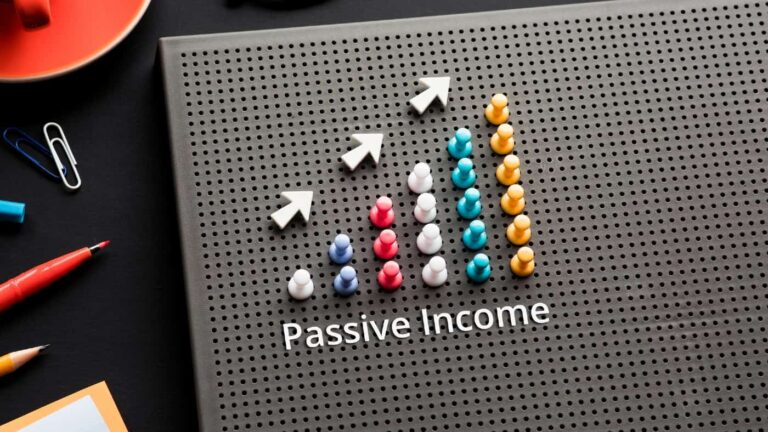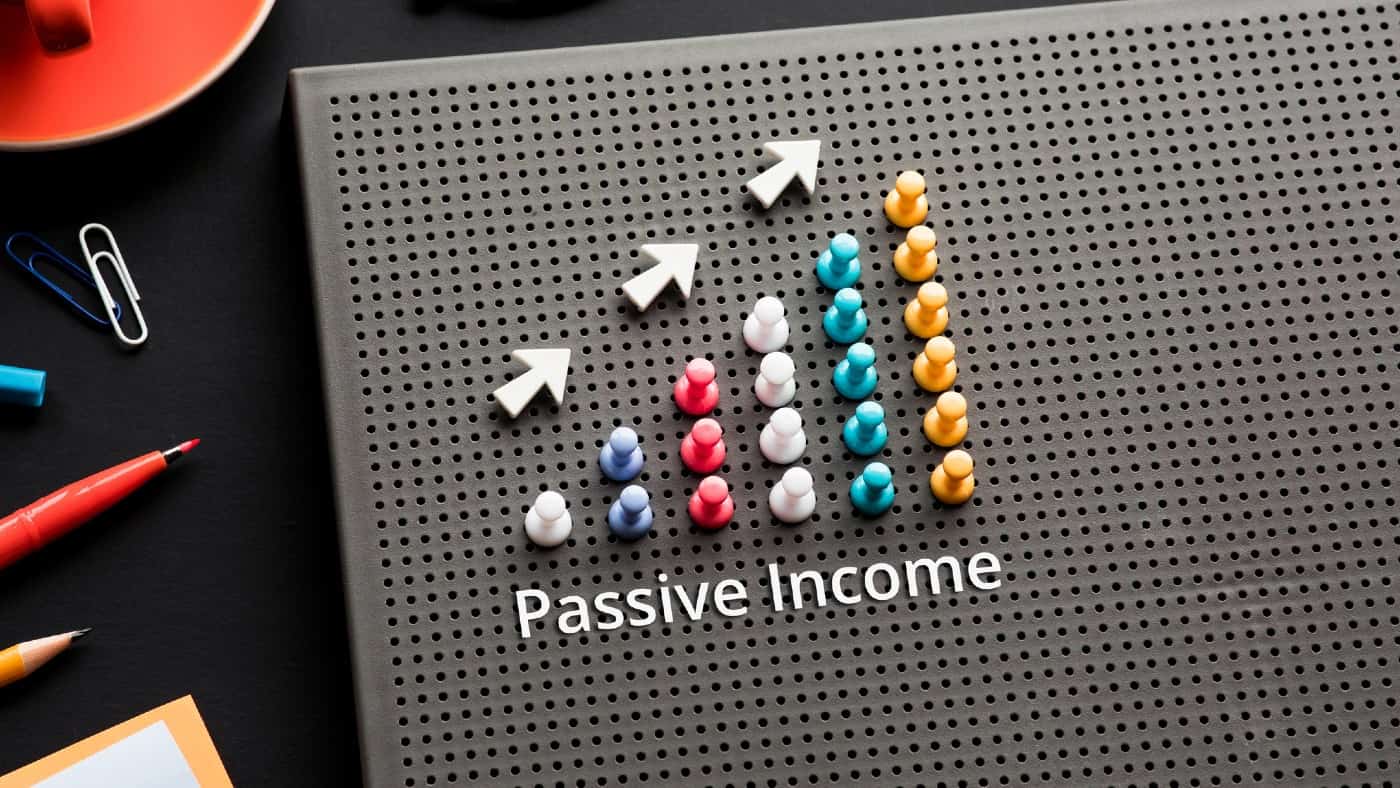
[ad_1]

Picture supply: Getty Photographs
Maximising passive revenue made out of investing in high-dividend-paying shares has been my core funding technique since turning 50.
It’s because I wish to proceed to cut back my working commitments whereas having fun with a excessive way of life.
Inventory choice is vital
My core portfolio geared to creating me excessive passive revenue presently consists of six shares. These are Phoenix Group Holdings, British American Tobacco (LSE: BATS), Imperial Manufacturers M&G, Authorized & Basic, and Aviva.
They have been all chosen in accordance with three predominant standards.
First, they need to pay me a 7%+ return yearly. The reason being that I can get 4%+ from risk-free funding in UK authorities bonds, and shares are riskier.
Aviva presently pays lower than this, however different shares paying extra counterbalance it. In the intervening time, my core high-yield portfolio makes me an 8.5% a 12 months return.
Second, the companies should look poised for additional sturdy development to me. Consensus analysts’ expectations are that British American Tobacco, for instance, will see its earnings enhance by 56% yearly to end-2026.
Earnings per share are anticipated to rise by 53% a 12 months over that interval. And return on fairness is predicted to be 16% by the identical level.
A delay in switching from tobacco merchandise to nicotine substitutes is a danger within the inventory. This might lose it some aggressive benefit within the sector. Potential authorized motion for well being issues attributable to its merchandise previously is one other danger.
Nonetheless, to me, these development numbers point out it’ll develop very strongly and can proceed to pay very excessive dividends. At present, it yields 9.7% a 12 months.
Third, my high-yield shares additionally have to look undervalued in opposition to their friends. In any case, I don’t need my dividend positive factors worn out by share worth losses.
British American Tobacco, as an example, trades on the important thing price-to-earnings (P/E) inventory valuation measurement at simply 6.2, in opposition to a peer group common of 12.1.
The inventory seems to be round 58% undervalued at the moment worth of £23.76, based mostly on a discounted money move evaluation. Due to this fact, a good worth could be round £56.57.
This doesn’t imply it’ll attain that worth, however it confirms to me that it seems to be very undervalued.
Reinvesting dividends can be important
The opposite key a part of maximising returns from my passive revenue portfolio is to reinvest the dividends paid to me.
For instance, a £10,000 funding in British American Tobacco would pay me £970 this 12 months in dividends. I might make one other £9,700 over 10 years if I withdrew the dividends yearly and spent them.
Crucially although, if the payout averaged 9.7% yearly over 10 years, and I reinvested the dividends again into the inventory, then I might have made one other £16,277 as a substitute!
My whole stake in British American Tobacco would have gone as much as £26,277. This could pay me £2,420 a 12 months in dividends, or £202 a month.
Over 30 years if the yield averaged the identical, I’d have £181,433, paying me £16,708 a 12 months, or £1,392 each month.
Inflation would scale back the shopping for energy of my cash, after all. However it exhibits that smaller investments in the fitting shares could make a lot larger returns over time if the dividends are reinvested.
[ad_2]